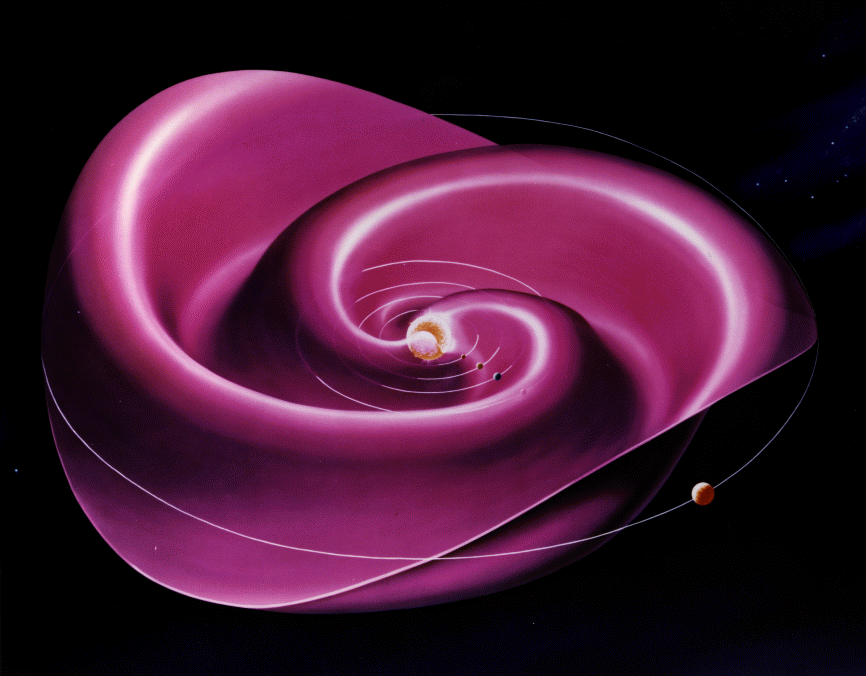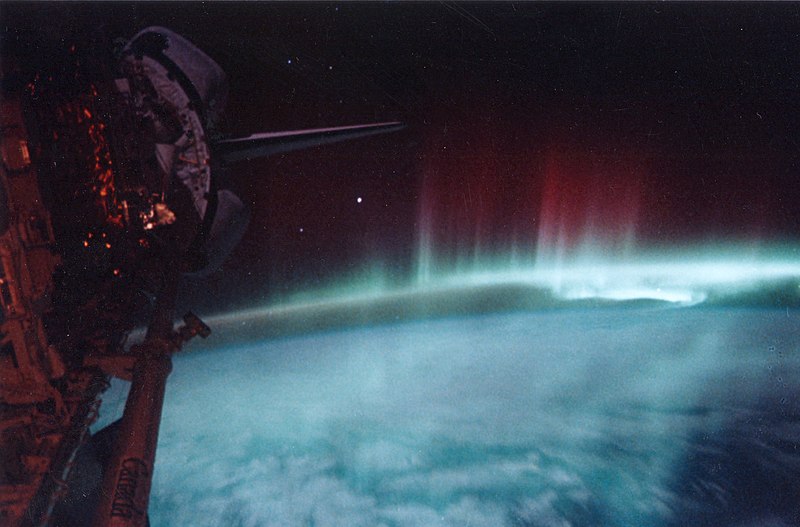المشاركة الأصلية بواسطة طائر المساء
Whaaaaaaaaaaaaaaaaat ! Short !
 OMG
OMG You mean the next part will be shorter !
You mean the next part will be shorter !
No don't even try ! I won't be so.

Let's see your next part .... الله يستر
:p

 Believe me
Believe me
 OMG
OMG You mean the next part will be shorter !
You mean the next part will be shorter !

 OMG
OMG You mean the next part will be shorter !
You mean the next part will be shorter !






 OMG
OMG You mean the next part will be shorter !
You mean the next part will be shorter !


 but it still seems long
but it still seems long 







 ! And now am back
! And now am back

 ! And now am back
! And now am back






 !!
!!




| المواضيع | إحصائيات | آخر مشاركة | ||
|---|---|---|---|---|
|
الباحث السني محمد عبد الرحمن يستدل على بلاغة الزهراء ع بخطبتها في كتاب بلاغات النساء للمؤرخ السني الثقة ابن طيفور
بواسطة وهج الإيمان
أنشئ بواسطة وهج الإيمان, 20-09-2025, 11:00 PM
|
ردود 0
18 مشاهدات
0 معجبون
|
آخر مشاركة
بواسطة وهج الإيمان
20-09-2025, 11:00 PM
|
||
|
أنين الزهراء قبل خطبتها نتيجة ضرب عمر ومن معه وما نتج عنه من كسر ضلعها وإسقاط جنينها بسند معتبر
بواسطة وهج الإيمان
أنشئ بواسطة وهج الإيمان, 16-09-2025, 02:15 AM
|
استجابة 1
37 مشاهدات
0 معجبون
|
آخر مشاركة
بواسطة وهج الإيمان
يوم أمس, 12:52 AM
|
||
|
أنشئ بواسطة مروان1400, 01-06-2025, 06:12 AM
|
استجابة 1
82 مشاهدات
0 معجبون
|
آخر مشاركة
بواسطة مروان1400
19-09-2025, 05:27 AM
|
||
|
تصحيح رواية كسر ضلع الزهراء بنقل الحمويني الشافعي على مبنى المفسرين عند الشيخ السني صالح ال الشيخ
بواسطة وهج الإيمان
أنشئ بواسطة وهج الإيمان, 14-11-2020, 02:59 AM
|
ردود 3
561 مشاهدات
0 معجبون
|
آخر مشاركة
بواسطة وهج الإيمان
20-09-2025, 12:58 AM
|
||
|
أنشئ بواسطة مروان1400, 19-09-2025, 05:43 AM
|
ردود 0
16 مشاهدات
0 معجبون
|
آخر مشاركة
بواسطة مروان1400
19-09-2025, 05:43 AM
|
تعليق